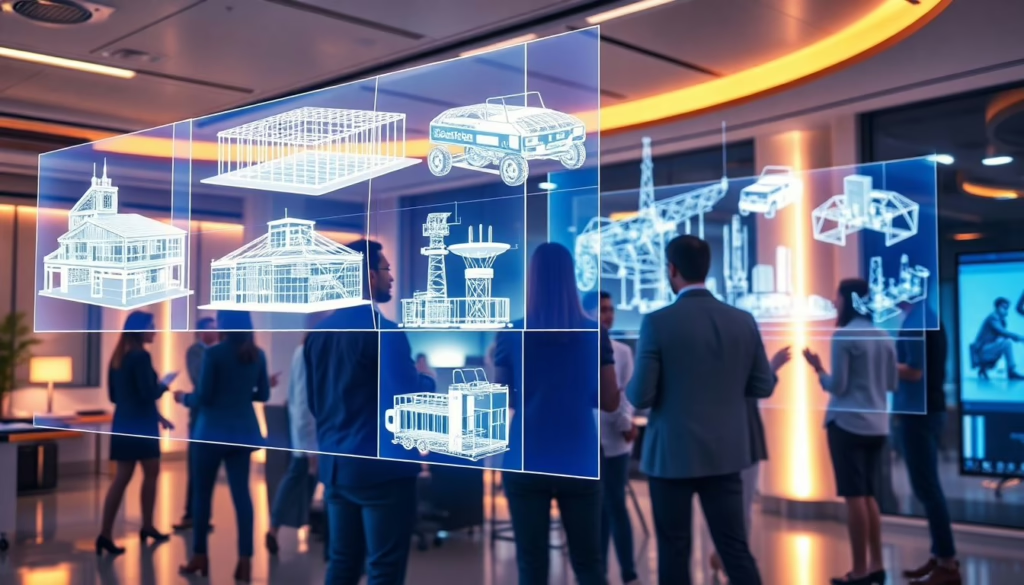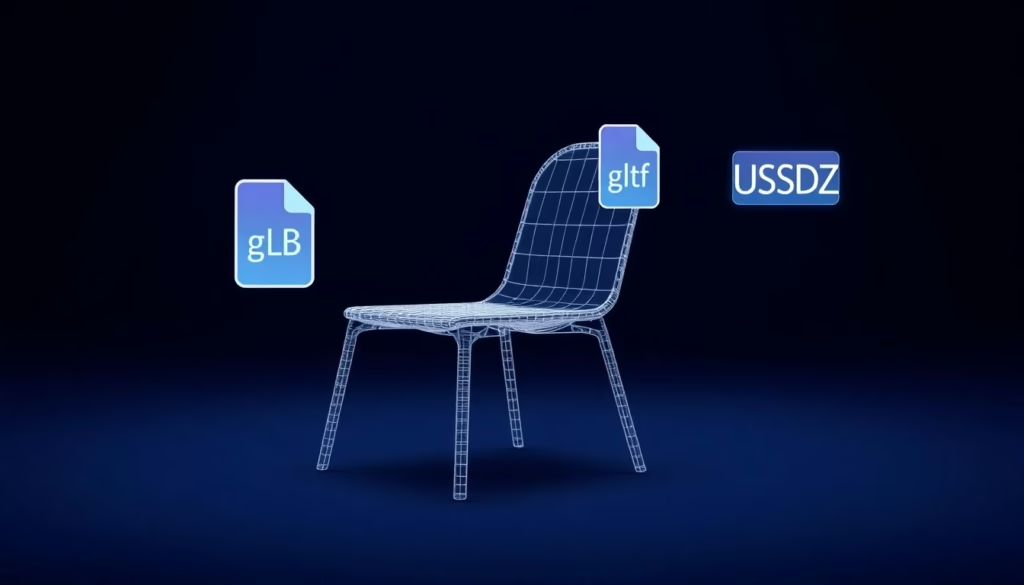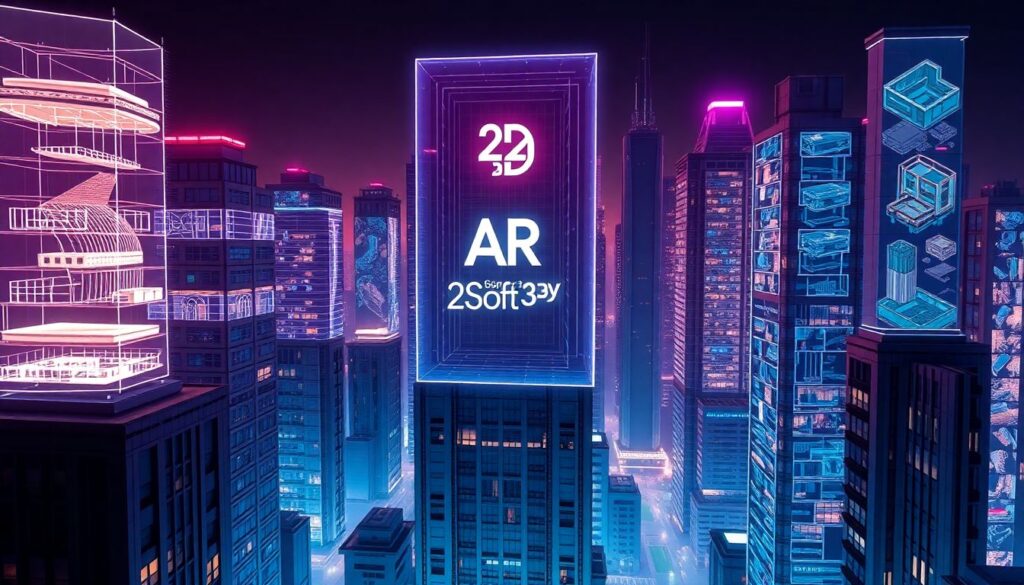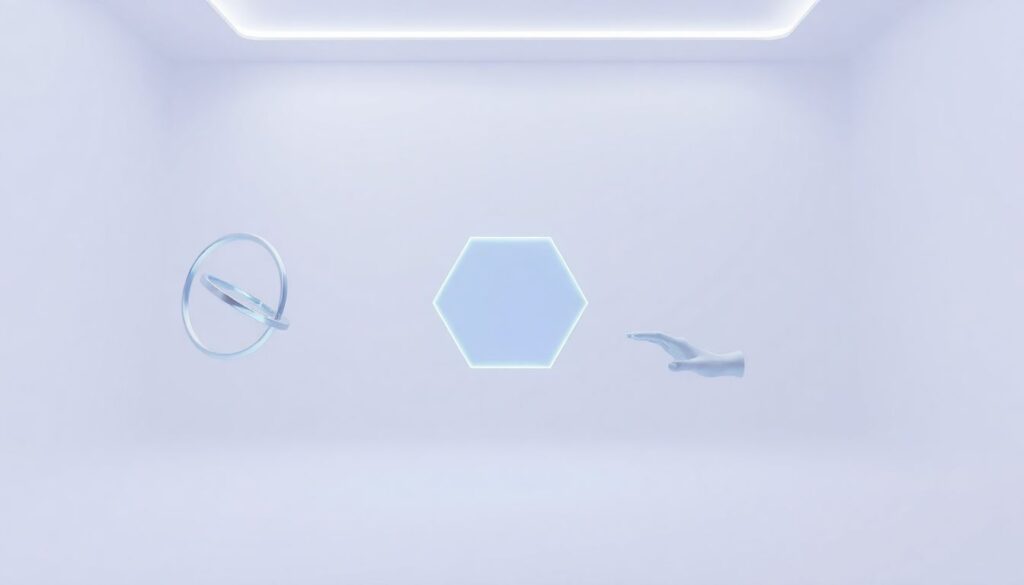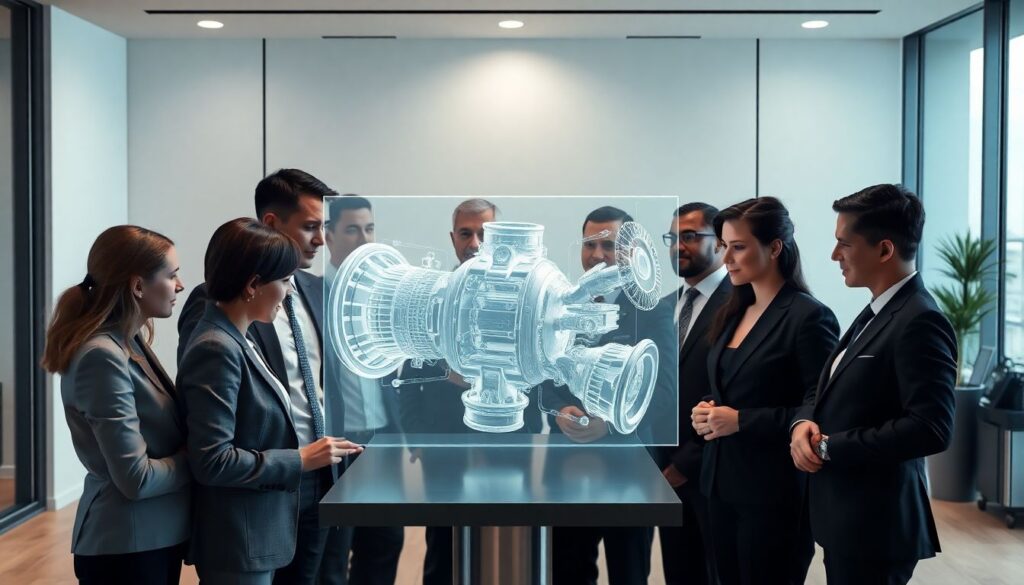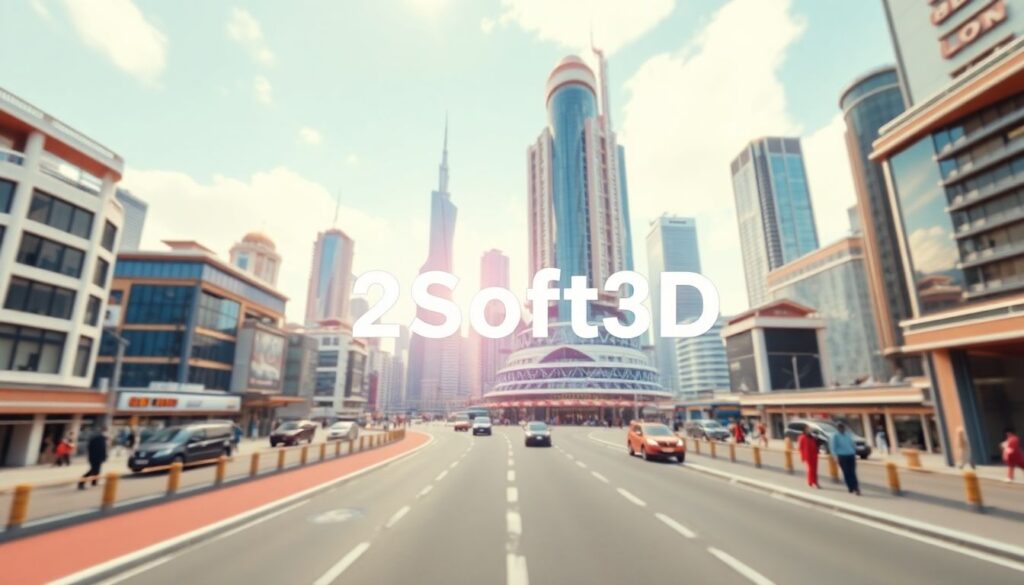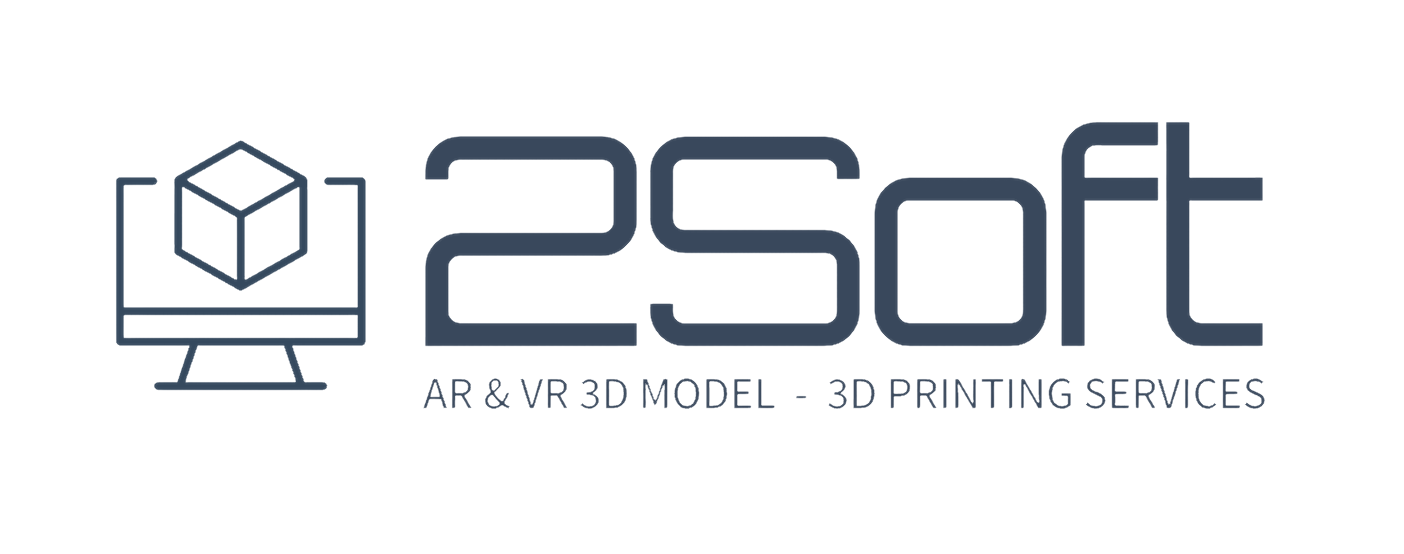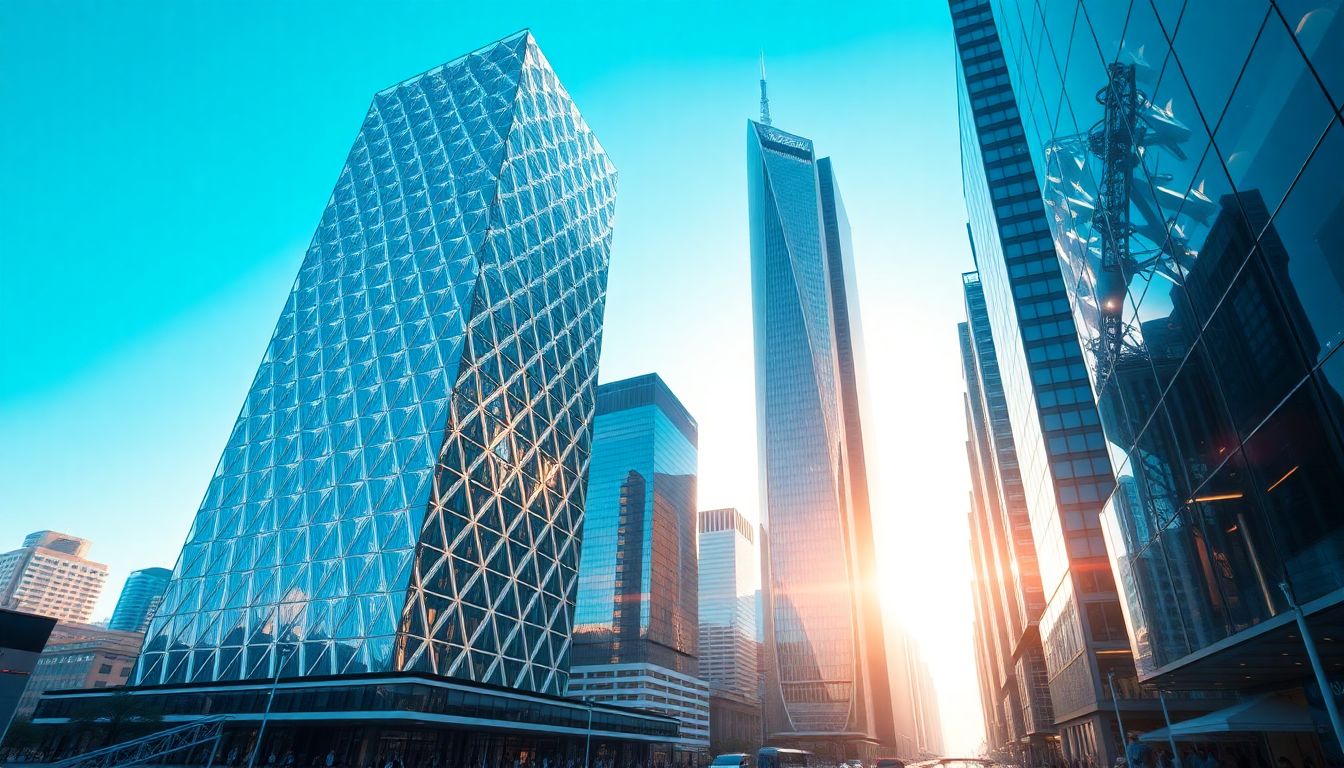
Immersive 3D Design: Revolutionizing the Creative Landscape
The immersive technology market is growing rapidly, projected to reach $1 trillion by 2025. This surge highlights the importance of immersive experiences in our digital world. Immersive and 3D design work hand in hand, creating dynamic environments that captivate users. This article explores how immersive 3D design transforms various industries, enhancing creativity and user engagement.
The Power of Immersive Experiences in 3D Design
Enhancing User Engagement
Immersive technologies like virtual reality (VR) and augmented reality (AR) significantly boost user interaction and understanding of 3D models. For instance, architectural walkthroughs allow clients to experience a space before it’s built. Users can explore designs in real-time, leading to better decisions and increased satisfaction.
Improving Collaboration and Feedback
Immersive tools enable real-time collaboration among designers and stakeholders. This speeds up feedback and improves design workflows. A study by McKinsey found that teams using immersive technologies reported 25% faster project completion. Such efficiency is crucial in today’s fast-paced design environment.
Expanding Design Possibilities
Immersion unlocks creative avenues not possible with traditional 2D design. Designers can visualize concepts in entirely new ways. Companies are using immersive experiences for everything from interactive product demos to art installations, pushing boundaries and inspiring innovation.
Key Technologies Driving Immersive 3D Design
Virtual Reality (VR) in Design
VR transforms how industries approach design. Applications range from prototyping and architectural visualization to product design. In the automotive industry, for example, Ford reported a 30% reduction in prototype costs due to VR-enhanced design processes. As VR adoption grows, so does its impact.
Augmented Reality (AR) in Design
AR technology blends digital elements with the real world, enhancing design processes. Designers can visualize their work in context, aiding prototyping and user testing. IKEA’s AR app allows customers to see how furniture fits in their home, bridging the gap between design and user experience.
3D Modeling Software & Tools
The evolution of 3D modeling software has revolutionized design. Tools like Blender, SketchUp, and Autodesk Revit offer features tailored for immersive experiences. These applications enable designers to create high-quality models that can be easily adapted for VR and AR, enriching the creative process.
Industries Transformed by Immersive 3D Design ( Immersive 3D Design: Revolutionizing the Creative Landscape )
Architecture, Engineering, and Construction (AEC)
Immersive 3D design is reshaping the AEC industry. Virtual walkthroughs streamline design reviews and construction simulations. Statistics indicate that using immersive technology can cut project costs by up to 20%. This efficiency leads to timely project completion and increased accuracy in execution.
Automotive and Manufacturing
In automotive design, immersive 3D enhances product development. Companies like BMW and Audi utilize VR for design validation, reducing prototyping costs and improving overall quality. This approach shortens development time, giving manufacturers a competitive advantage in the market.
Healthcare and Medical
Medical fields leverage immersive 3D design for training and patient education. Simulated surgeries in VR help medical professionals practice complex procedures. Studies indicate that using VR for training can improve retention rates by 50%. This technology ensures better-prepared healthcare providers.
The Future of Immersive 3D Design ( Immersive 3D Design: Revolutionizing the Creative Landscape)
Emerging Technologies
New trends like haptic feedback and AI-powered design tools are shaping the future of immersive 3D design. The metaverse is becoming increasingly relevant, providing new environments for collaboration and interaction. As technology evolves, the possibilities will continue to expand.
Challenges and Opportunities
While the benefits of immersive design are clear, challenges exist. High costs, accessibility issues, and skill gaps can hinder adoption. However, opportunities abound in new markets and improved design processes. Industry experts predict that overcoming these challenges will lead to broader acceptance and innovation.
Actionable Tips for Designers
Designers looking to incorporate immersive technologies can follow these steps:
- Explore Software: Familiarize yourself with tools like Blender and Unity.
- Invest in Hardware: Use VR headsets and AR devices for optimal experience.
- Seek Training: Attend workshops and online courses to enhance skills.
Conclusion ( Immersive 3D Design: Revolutionizing the Creative Landscape )
Immersive 3D design offers transformative potential across numerous industries. It enhances user engagement, collaboration, and creativity, paving the way for innovative solutions. As technology continues to advance, staying informed is vital for designers. Explore immersive 3D design further to unlock its full potential and lead in this evolving landscape.
